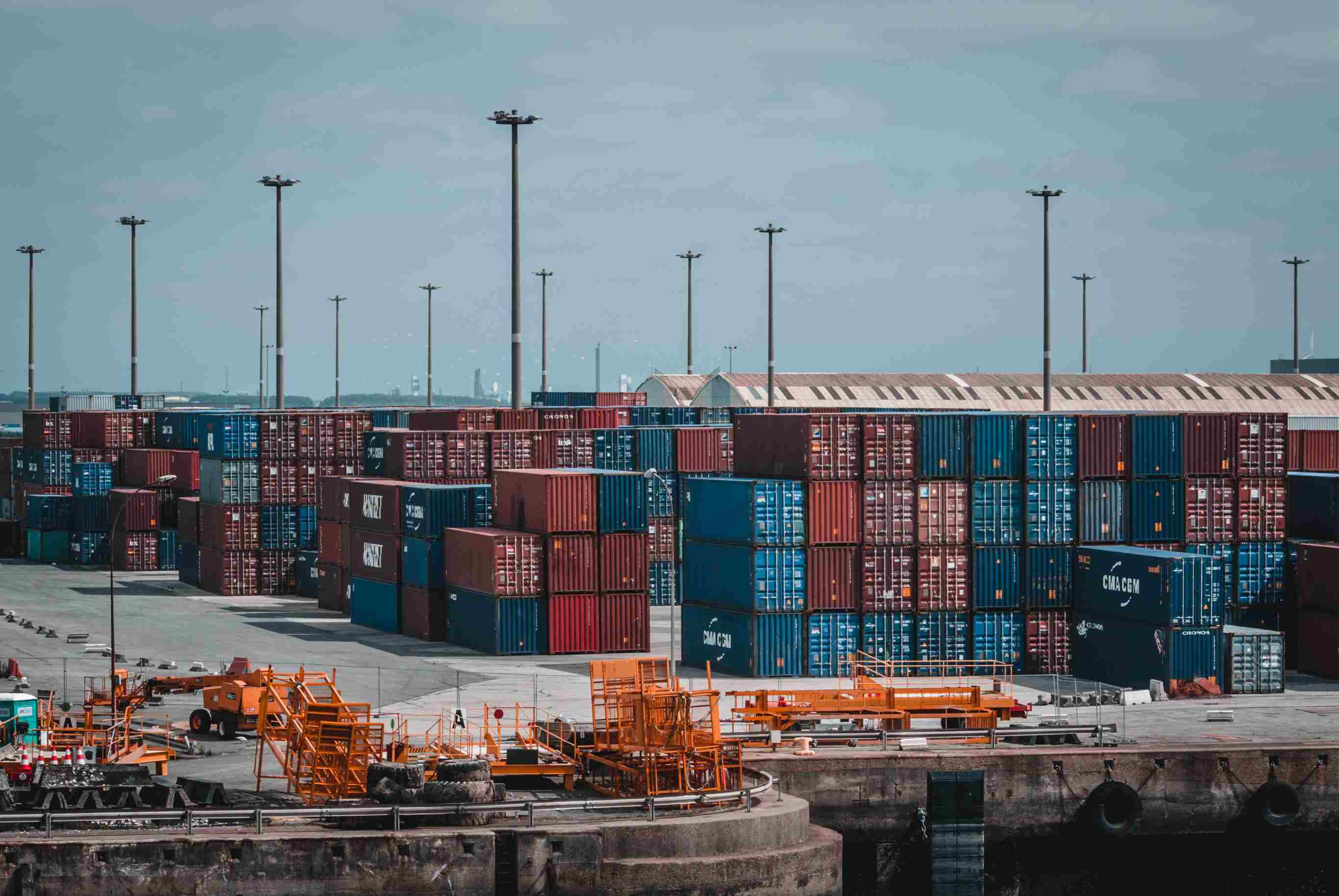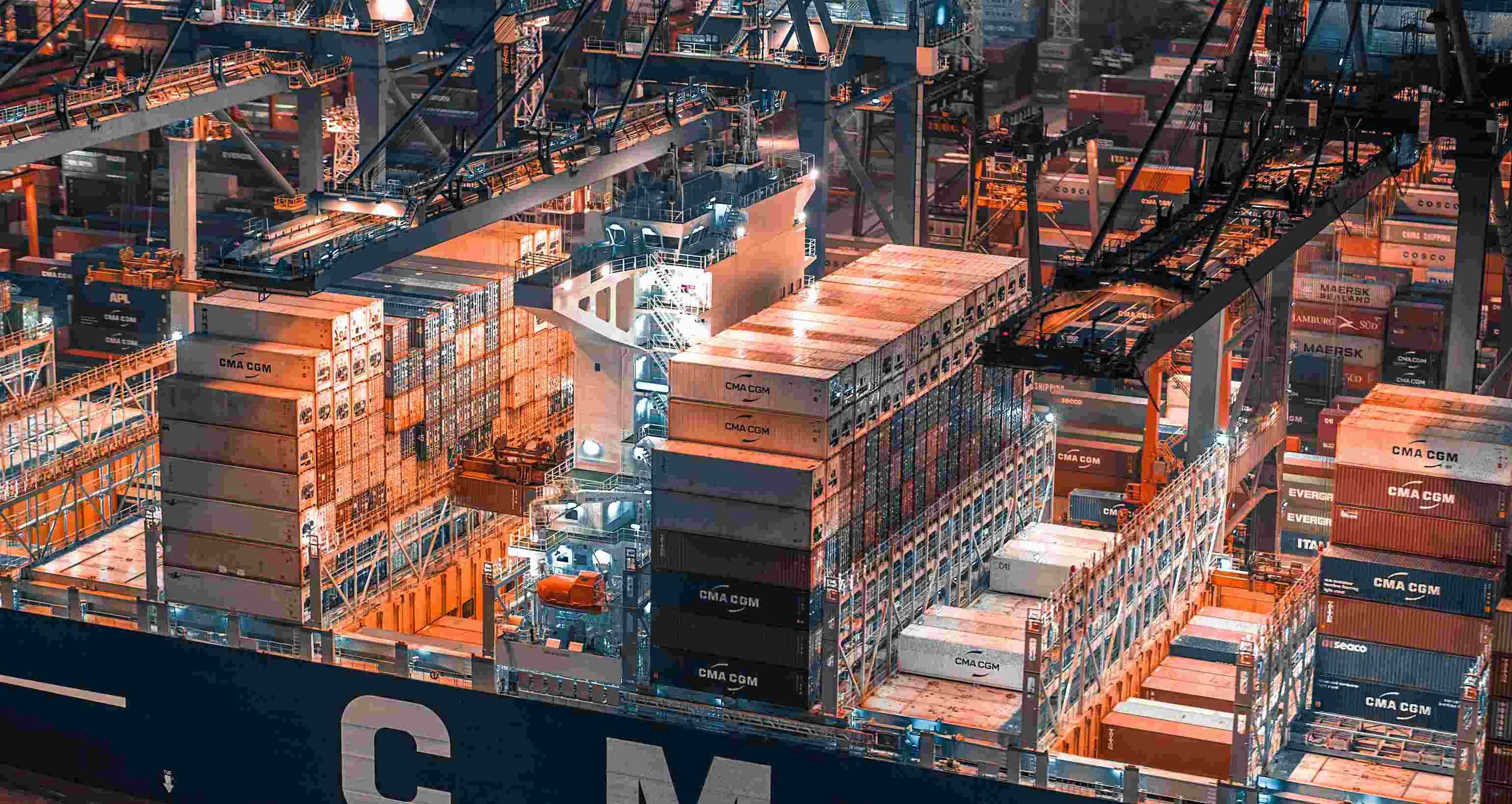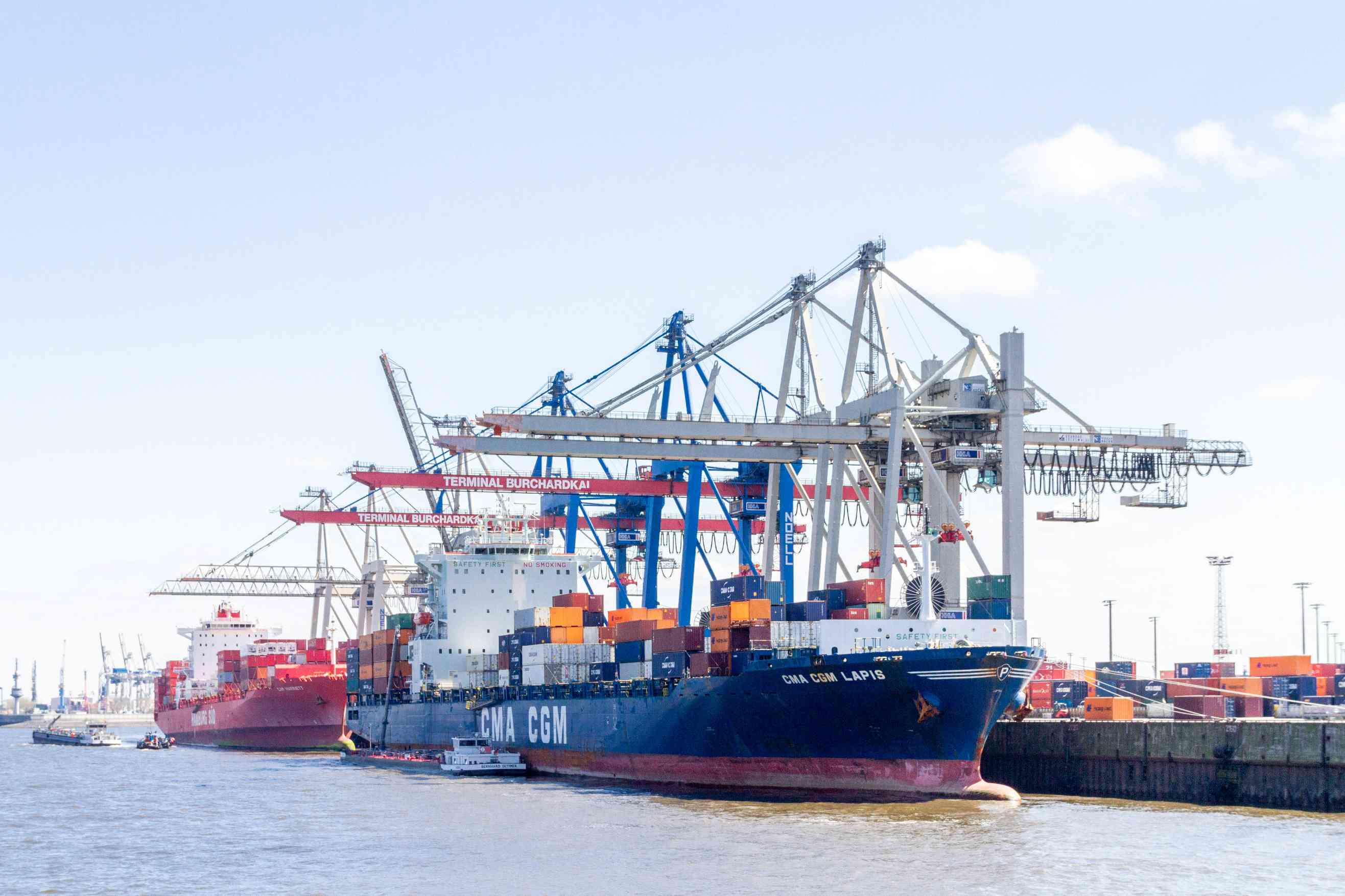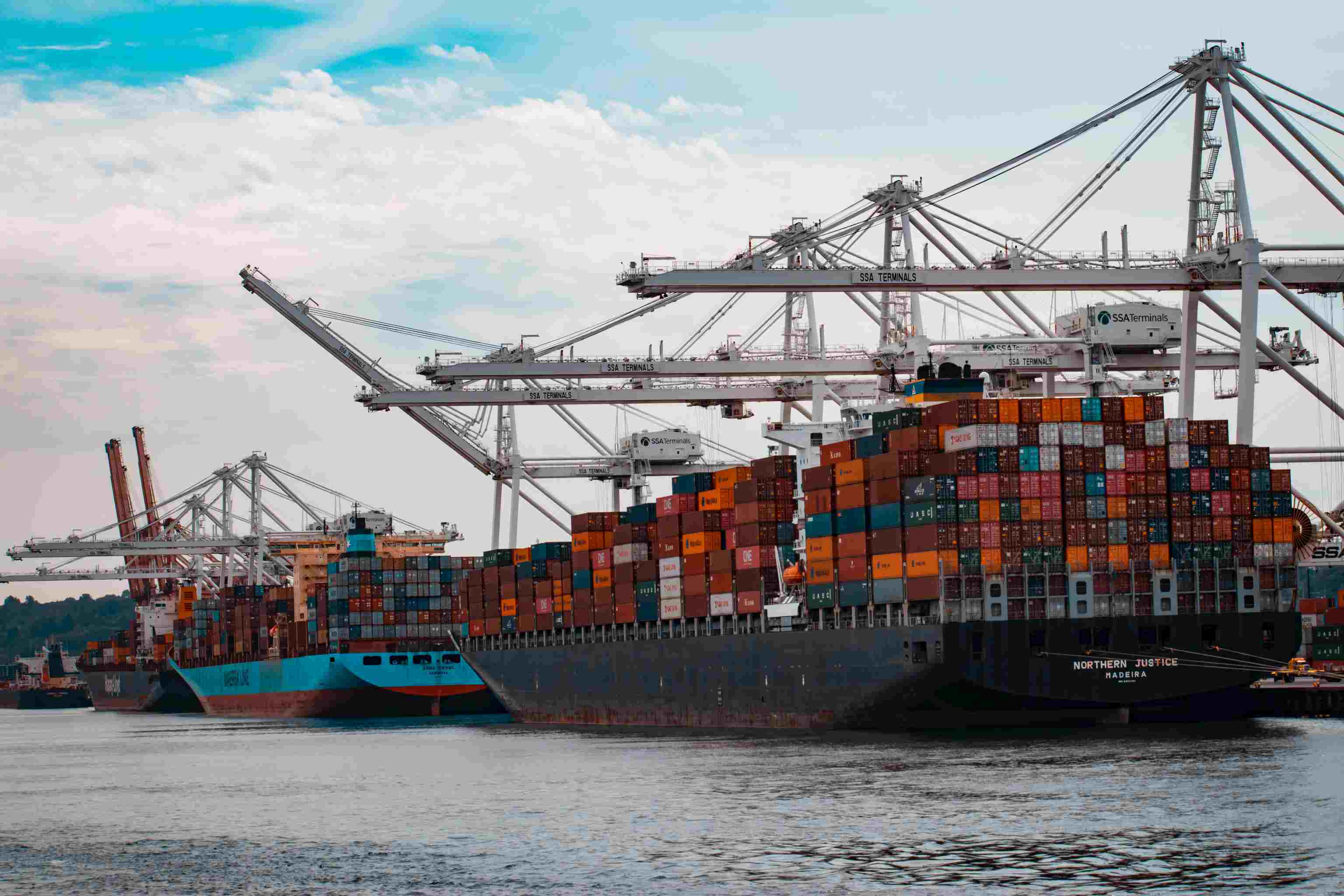Global shipping industry plunges into mud
Reporter Wang Yahong
Although the biggest effect of economists to make predictions is to make the fortune teller seem more reliable, doing industry research through fortunes such as the yellow calendar and astrology is undoubtedly in the "magic road". However, this magical interpretation has a market because its effect is more predictable than reading financial reports. For example, this year's shipping market has become a stage for all kinds of "masters".sea freight from china
Huang Li said that this year is the Bingshen year. The five elements belong to the fire. It is a fire that goes down the mountain. This fortune is obviously not conducive to the industry that seeks living at sea. The reality is that the global marine shipping industry has fallen into the depression of the entire industry.
"The seventh in the world" fell
The latest victim of this mud pond is South Korea ’s Hanjin Shipping. In terms of capacity, Hanjin Shipping is the seventh largest container operator in the world.
At the beginning of September, the Seoul Central District Court announced in September that it would enforce bankruptcy protection for Korea ’s No. 1 shipping company, Hanjin Shipping. Earlier in an emergency meeting convened by the Seoul Industrial Bank's head office, the South Korean creditors unanimously rejected Hanjin Shipping's self-rescue plan. "The amount of funds proposed by Hanjin Shipping is not enough to make up for the operating capital gap, and the Hanjin Group and the owners, which are major shareholders, have insufficient will to restore their businesses to normalization. In the case of insufficient self-rescue efforts, the creditor group complied with the principle of structural adjustment that did not provide new funding support. "
The debt ratio of up to 1076% eventually overwhelmed Hanjin Shipping. In fact, Han Jin's predicament had symptoms a few months ago, but various rescue operations have failed. Hanjin Shipping had 400 billion won ($ 349 million) in bonds due this year, but the company had only 241 billion won in cash at the end of last year. In April this year, Hanjin Shipping requested a debt restructuring from creditors because Hanjin Shipping has suffered a net loss for four consecutive years since 2011.
The South Korean government has also tried to reach out to Hanjin Shipping. Three months ago, South Korea ’s Minister of Planning and Finance, Yoo Yi-ho, said that the South Korean government and the central bank would set up a 11 trillion won fund to support the restructuring of the shipping and shipbuilding industry. However, because the speed of rescue could not keep up with the deterioration of operations, Hanjin Shipping failed to catch up with government funding.
In fact, in the case of annual losses, in recent years, Hanjin Shipping has been supported by the blood transfusion of the parent company Hanjin Group. Hanjin Group provided 1 trillion won in life-saving money to the shipping department in 2013, but failed to make Hanjin Shipping profitable in the context of the prolonged downturn in the shipping industry. After being taken over by the court, Hanjin Group once again stated that it would spend up to 100 billion won to help the troubled shipping subsidiary.
Slump in the shipping industry
The fall of Hanjin Shipping to bankruptcy protection is not only due to the incompetence of the operators, but also to a certain extent related to the overall depression of the global shipping industry.
The Baltic Dry Freight Index is a barometer of the prosperity of the shipping industry. At the beginning of this year, the index fell below 400, which is the first time since the index was recorded in 1985. In 2010, the index was around 4000. Although following the rebound in commodity prices in recent months, the Baltic Dry Bulk Freight Index has also rebounded, but it is currently only at 600, which is only half of last summer.
The Baltic Dry Bulk Freight Index is used to measure the shipping costs of coal, metals and fertilizers and other raw materials worldwide. A lower index means that global shipping companies have a hard time.
In South Korea, rival Hyundai Merchant Marine, which ranks after Hanjin Shipping, has suffered losses for five years in the past seven years and is currently conducting voluntary debt restructuring with creditors. Of the 116 vessels owned by Hyundai Merchant Marine, 83 are leased vessels. Last year, the purely paid fare was 975.8 billion won, which put a heavy burden on the company.
The situation of other shipping companies around the world is not optimistic, and even Maersk, which is known as the “king of the sea”, has started to record losses. In mid-August, Maersk Group released the second quarter 2016 financial report. The financial report showed that Maersk Line's performance was not satisfactory. Following a loss of US $ 180 million in the fourth quarter of last year, it lost another US $ 151 million in the second quarter of this year.
In addition, CMA CGM, the world's third largest shipping company, also announced plans to cut costs by US $ 1 billion in response to the current sluggish market. Under the impact of multiple factors such as excess capacity, declining demand, and the global economic downturn, even the shipping giants' homes are running out of food.
Industry integration, the rest is king
Since the worldwide shipping industry is trapped by insufficient demand, and the World Bank predicts that global trade growth will continue to slow, the turning point of the shipping industry is still difficult to see. Under this circumstance, how to weather the crisis has become a common demand of shipping companies. Group heating is a priority for shipping companies, so in the past three years, a series of synergy has emerged in the industry that can change the landscape.
Even Hanjin Shipping tried to save itself through alliances. Hanjin Shipping announced in May that the company will establish an "International Shipping Alliance" with five companies, including Hapag-Lloyd Shipping in Germany, Japan Post, Japan's Kawasaki Steamboat and Merchant Shipping Mitsui, and Taiwan's Yangming Shipping Company. Previously, other shipping giants also formed the "2M Alliance" of Danish and Swiss shipping companies, and the "Marine Alliance" of French and Chinese shipping companies.
In addition to alliances, mergers and acquisitions are also a way for shipping giants to hold together. Of the thousands of companies in the shipping industry, more than 70% have fewer than 51 vessels and their ability to withstand risks is not strong, which also gives greater room for integrators. At the end of last year, CMA CGM acquired Temasek ’s Southeast Asia ’s largest shipping company, Oriental Sea Emperor, for $ 2.4 billion. This is the largest acquisition in the global shipping industry since Maersk acquired the Dutch shipping company Tiehua Zhahua for $ 2.9 billion in 2005.
In addition, building larger vessels is also a good way to drive down average costs. For example, CMA CGM has built the world's largest transport ship "Franklin". This kind of container wheel is longer than 3 football fields, as tall as 20 floors, and can transport 18,000 standard containers.
Of course, large ships alone cannot guarantee that every shipping company can sail across the industry shoals. Only when the scale of shipping is controlled above the equilibrium point of demand can the freight rate rise, and currently there is no hope.
The yellow calendar said that 2017 was Ding Yuenian, and it was still a fire in the mountains. From this point of view, shipping companies may still have a bad time.





